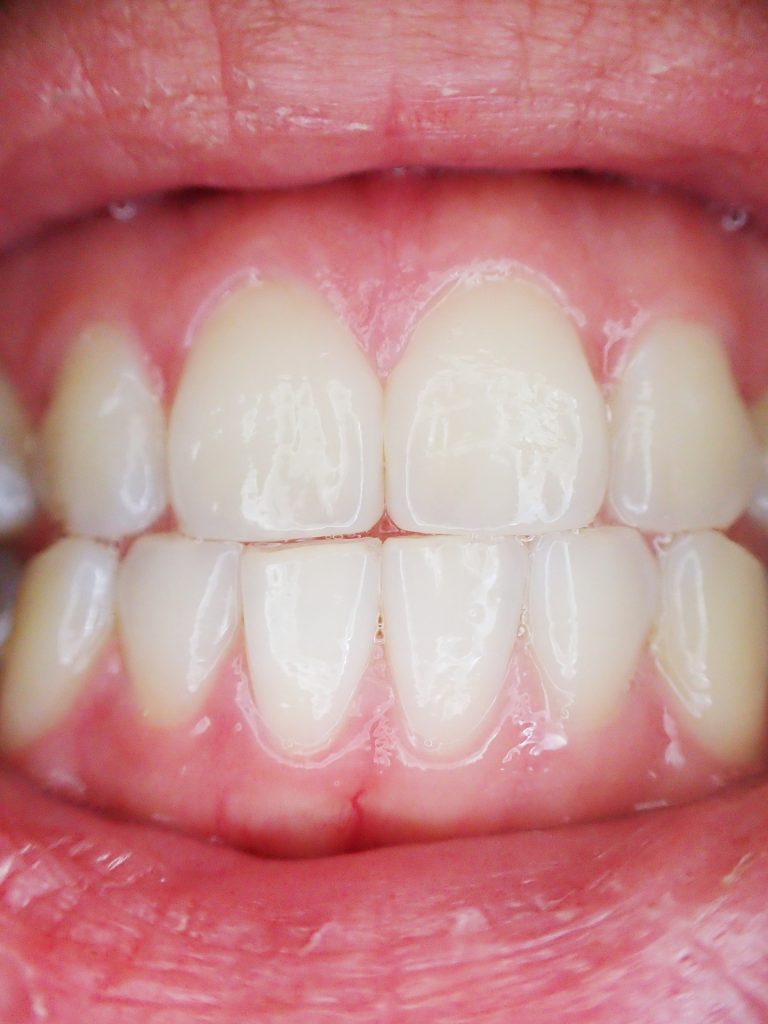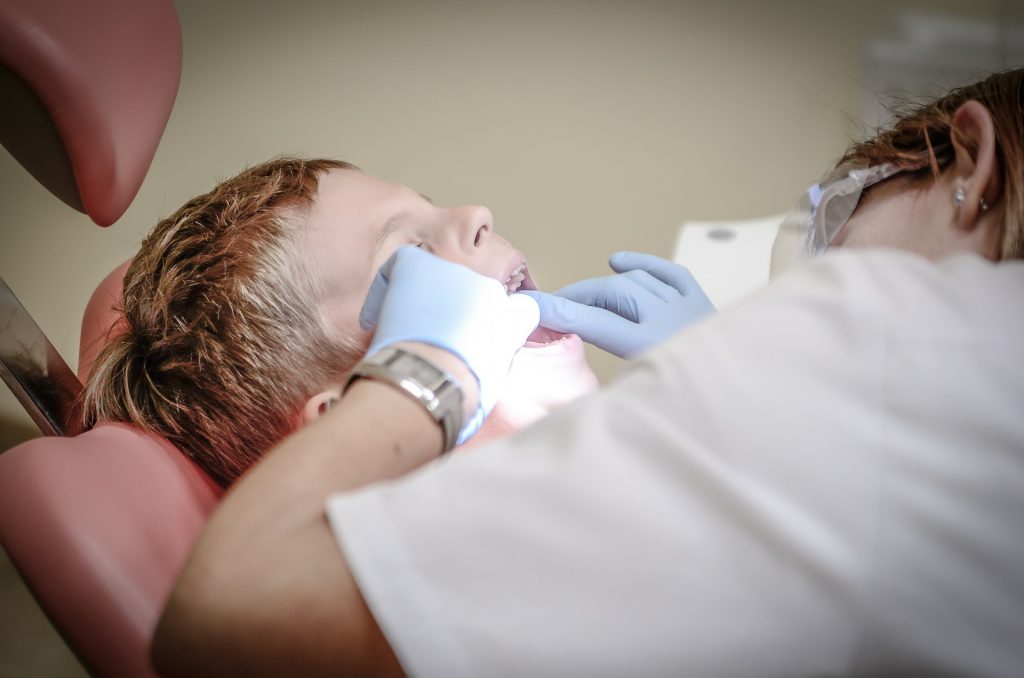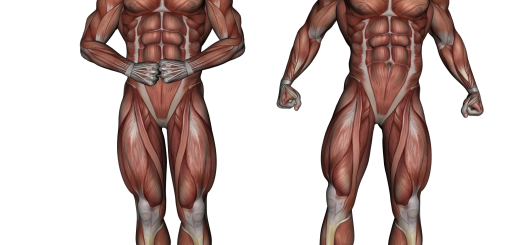Everything You Need to Know About Dental Abscesses

From symptoms to treatments and everything in between, this post will cover everything you need to know about tooth abscess.
A dental abscess is a pocket of pus caused by a bacterial infection. This buildup forms inside the soft pulp of the tooth or the gums. The bacteria can come from plaque, which is a by-product of food, and saliva in the mouth. It is a sticky deposit that damages the teeth and the gums because of the bacteria that proliferates in it. If not removed, the infection will spread inside the soft tissue of the tooth or gums, resulting in an abscess.
Types of Dental Abscesses
Tooth abscesses are categorized according to their location in the mouth. The type of abscess will also dictate the severity of the symptoms and the types of treatments required.
The three most common types of dental abscesses include:
1. Gingival abscess

A gingival abscess, also known as a gum abscess, is located only in the gum tissue. Infection or trauma to the surface of the gum tissue causes this type of abscess. Gingival abscesses do not affect the tooth or periodontal ligaments.
2. Periodontal abscess
A periodontal abscess is a localized infection that starts in the supporting bone tissue structures of the teeth. It is found within the tissue adjacent to periodontal pockets, which are formed around the teeth when supporting tissue and bone are destroyed. This type of abscess may destroy the periodontal ligaments and the alveolar bone.
3. Periapical abscess
Periapical abscesses are a collection of pus located over the root apexes of teeth. This is usually due to the spread of an infection from a tooth to the surrounding tissues. Caused by untreated dental cavities, injuries or prior dental work, this abscess affects the tip of the root.
Symptoms
Signs and symptoms of an abscess in your tooth or gum include:
- Throbbing pain toothache that starts suddenly and gradually intensifies. Sometimes, the pain is severe and persistent and can radiate to the jawbone, neck or ear that is on the same side as the affected tooth or gum.
- Sensitivity to touching or chewing around the affected area.
- Sensitivity to cold and hot temperatures, food and liquids.
- A foul-tasting and foul-smelling fluid appear in the mouth.
- The lymph nodes under your jaw or in your neck become tender and swollen.
- Swelling and redness in your face or cheek.
- Swollen, tender gums and a discolored or loose tooth.
- Pain when you are lying down.
If the infection worsens and spreads, your body temperature will rise and you will find it increasingly difficult to open your mouth, swallow and breathe. This is a sign that you need to get emergency treatment at a dental clinic.
Causes
There are different causes of infection and each set of causes leads to a specific type of infection and abscess. The following are general risk factors that may increase the possibility of complications, such as tooth decay, gum disease or tooth abscess:
i) Poor dental hygiene, such as not brushing your teeth at least twice a day and not flossing.
ii) diet high in sugar, leading to dental cavities.
We’ll further split the causes according to the types of dental abscesses (but since this post is about dental abscesses, we’ll only mention the causes of periapical and periodontal abscesses):
i) Periapical abscess
Periapical abscesses are caused by bacteria that enter the tooth through tiny holes in the tooth. These holes form in the outer layer and can be caused by tooth decay or by caries. If not treated, caries will continue breaking down the softer layer of tissue under the enamel and create a hole that penetrates the inner pulp of the tooth. This is when the tooth is more vulnerable to infection.
The bacteria can also enter the soft part of the tooth because of a crack or chip in the tooth that goes unattended.
ii) Periodontal abscess
Periodontal abscesses occur when the gums around the tooth become inflamed. Gums usually get infected because of plaque buildup on the tooth. When the gums get inflamed it separates from the root of the tooth and leaves ample space for bacteria to enter that area. This space is called a periodontal pocket and can get easily contaminated.
Treatment for Tooth Abscess

It is impossible to get rid of an abscess without proper treatment. Treatment may vary from root canal surgery to draining the tooth abscess to get rid of the infection.
To avoid further complications, such as the spread of the infection or sepsis (a life-threatening condition), go to the dentist for proper care and treatment. If the dentist is unable to save your tooth with a root canal treatment, he or she will have to extract it. But better extract it than put your life at risk. You can always get a crown implanted in your jaw to replace that tooth.



